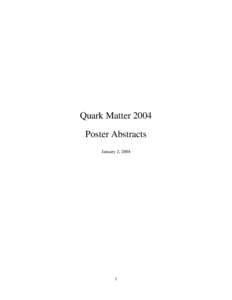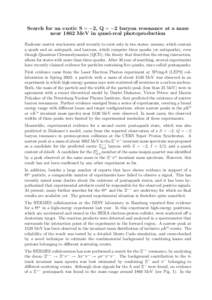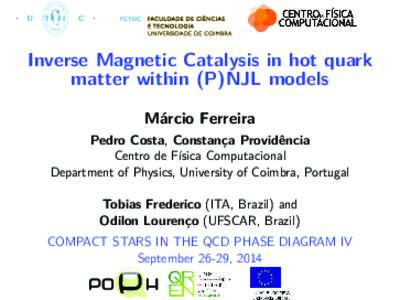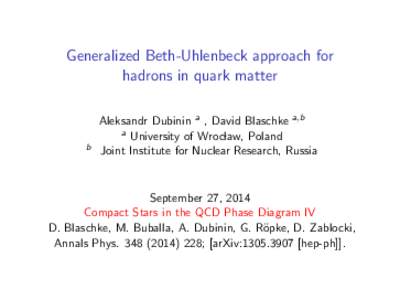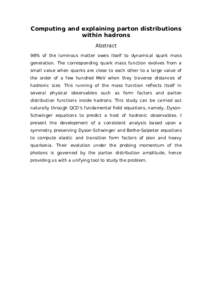<--- Back to Details
| First Page | Document Content | |
|---|---|---|
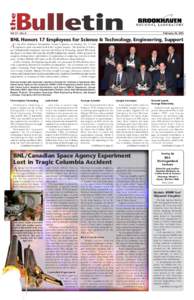 Date: 2006-02-14 07:51:21Particle accelerators Quark matter Synchrotron radiation National Synchrotron Light Source Relativistic Heavy Ion Collider Accelerator Test Facility Quark–gluon plasma Alternating Gradient Synchrotron Undulator Physics Brookhaven National Laboratory Particle physics |
Add to Reading List |
 The Bulletin Vol[removed]No[removed]February 28, 2003
The Bulletin Vol[removed]No[removed]February 28, 2003